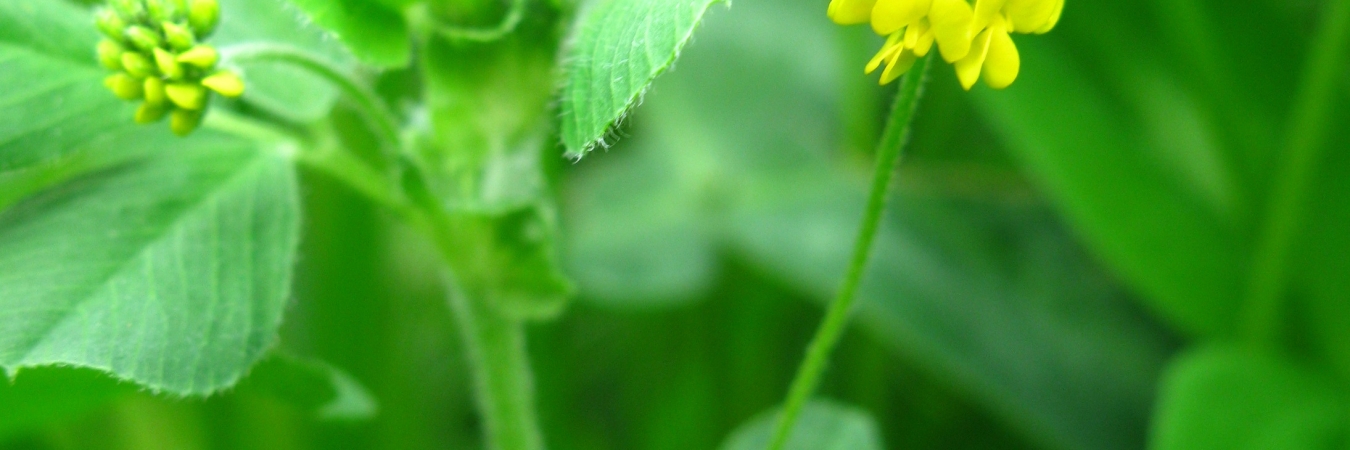Manifold green manures – Part 4: Large birdsfoot trefoil, meadow pea and white clover
(The Organic Grower - No 25 Winter 2013, pp. 26-27)
An article outlining properties of three species that could be considered for fertility-building mixes, trialed in the Legume LINK project.
Resource explained
Part four of a series of articles published in The Organic Grower focusing on the less frequently used legume species trialed in the Legume LINK project. The species can be included in fertility-building mixes to improve the performance in specific soil, climate and management conditions.
Using information gained from the project and literature sources, the article explains how inclusion of large birdsfoot trefoil (Lotus pedunculatus), meadow pea (Lathyrus pratensis) and white sweetclover (Melilotus albus) can complement more commonly used species in fertility-building leys.
Information on large birdsfoot trefoil includes comment on: its growth and productivity, biomass, seedling emergence, establishment, weed tolerance, lignin content and soil pH.
Information for meadow pea focuses on: performance, morphology, cutting tolerance, biomass production and weed suppression.
Details about white sweetclover include: its use, drought tolerance, seedling growth, establishment, competition with weeds, tolerance of various soil conditions, seed inoculation, lignin content and forage value.
Findings & recommendations
- Large birdsfoot trefoil was slow growing, had low productivity and low weed resistance, but had the highest lignin content amongst the legume species trialled, and thrived on acidic soils.
- Meadow pea was one of the lowest performing species in the trials. It showed a high seedling biomass and plant height in the first year. However it almost completely disappeared from the trial plots after being cut several times and showed poor weed suppression.
- White sweetclover is adapted to a wide range of soils, responds to high soil fertility, tolerates saline soils, and has a high degree of drought tolerance once established due its strong taproot. Its ability to compete with weeds improves with time as the legume canopy develops. It has high lignin content, good acceptability by stock (when they have become used to its bitter taste), but can cause bloat and produces an anti-coagulant that can cause ‘bleeding disease.’
- All three species were characterised by low to moderate productivity, however due to specific attributes such as being suited to acidic soils, or alkaline stony soils prone to drought conditions, including them in mixtures could complement more commonly used species.


